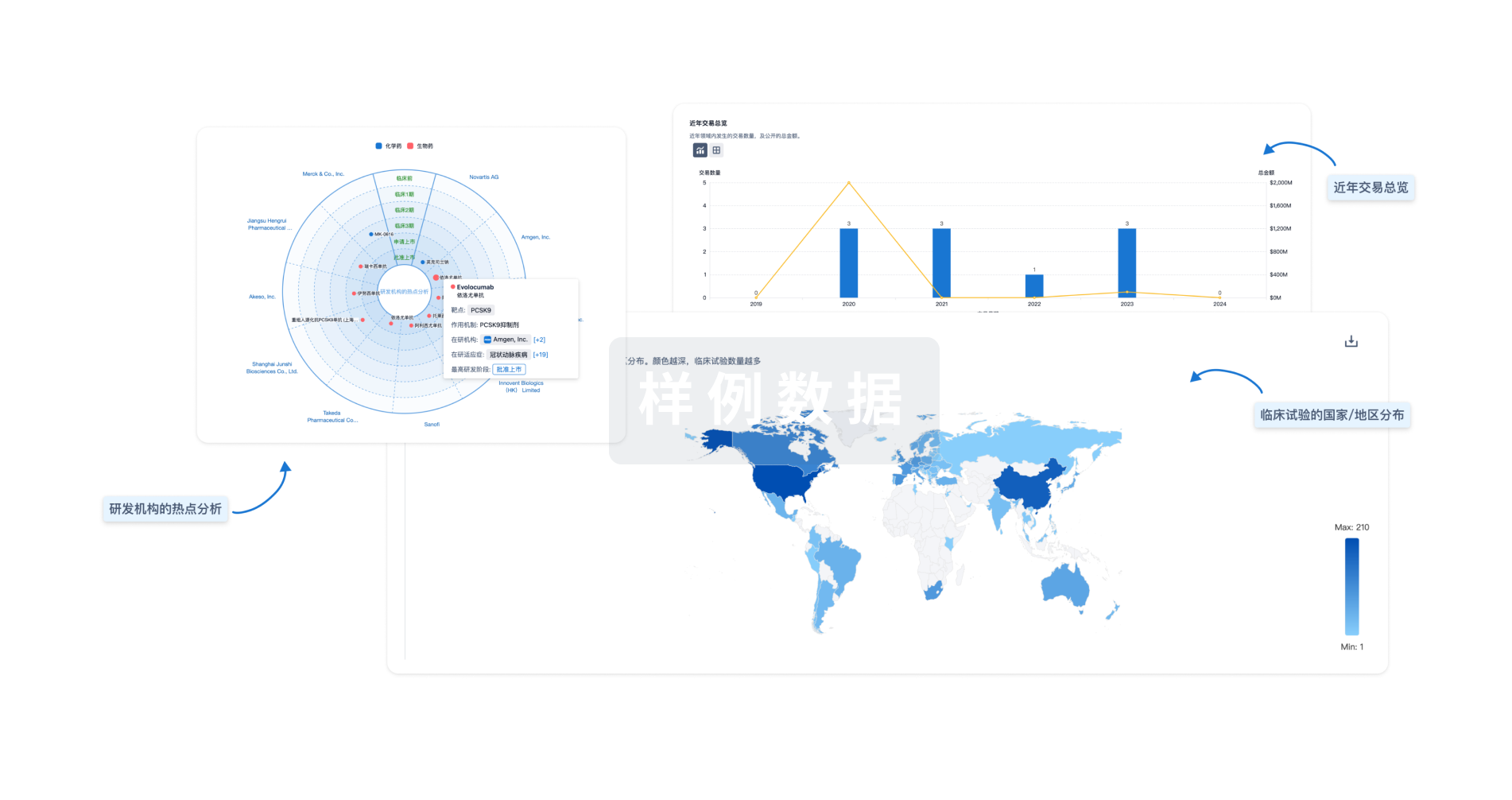预约演示
更新于:2025-05-07
SPAAR
更新于:2025-05-07
基本信息
别名 LINC00961、small regulatory polypeptide of amino acid response、SPAAR + [1] |
简介 Negative regulator of amino acid sensing and mTORC1, a signaling complex promoting cell growth in response to growth factors, energy levels and amino acids (PubMed:28024296). Negatively regulates mTORC1 activation by inhibiting recruitment of mTORC1 to lysosomes upon stimulation with amino acids: acts by promoting the formation of a tightly bound supercomplex composed of the lysosomal V-ATPase, Ragulator and Rag GTPases, preventing recruitment of mTORC1 (PubMed:28024296). Acts as a regulator of muscle regeneration following injury by regulating mTORC1 activation (By similarity). |
分析
对领域进行一次全面的分析。
登录
或

生物医药百科问答
全新生物医药AI Agent 覆盖科研全链路,让突破性发现快人一步
立即开始免费试用!
智慧芽新药情报库是智慧芽专为生命科学人士构建的基于AI的创新药情报平台,助您全方位提升您的研发与决策效率。
立即开始数据试用!
智慧芽新药库数据也通过智慧芽数据服务平台,以API或者数据包形式对外开放,助您更加充分利用智慧芽新药情报信息。
生物序列数据库
生物药研发创新
免费使用
化学结构数据库
小分子化药研发创新
免费使用